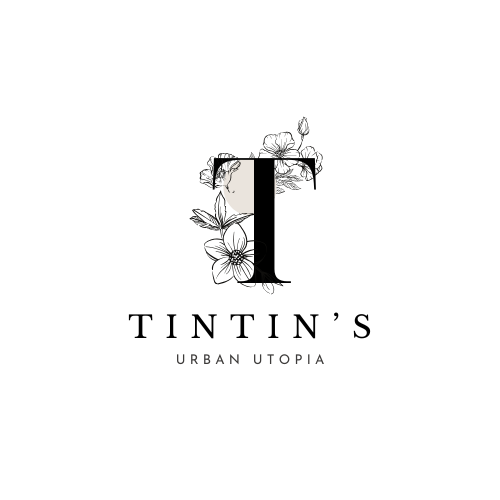Let me tell you about Kuttush, my lively little toy poodle, and a special journey we took together—not just to find the best toys, but to make choices that care for the planet he loves to explore as much as I do.
In 2025, caring for our pets means more than just keeping them happy—it means protecting the world they’ll run, jump, and sniff around in for years to come. At Tintin’s Urban Utopia, we believe playtime should be joyful and gentle on the Earth.
Discovering Hemp: Tough Yet Tender
One afternoon, I handed Kuttush a hemp rope chew toy. I watched as his tiny teeth tugged and pulled, yet the natural hemp fibers were gentle on his gums. What amazed me most? This toy is biodegradable and free of any harsh chemicals. Hemp is a sustainable crop requiring minimal water and no pesticides, making it a green choice for pet products (Small & Marcus, 2002).

The Magic of Recycled Rubber
Next came the bouncy recycled rubber ball. Watching Kuttush chase it across the park, I felt proud—this wasn’t just any ball. It was made from recycled materials, breathing new life into what could have been landfill waste. Recycling rubber reduces landfill burden and lowers carbon emissions associated with raw material production (Hopewell, Dvorak & Kosior, 2009). Each joyful fetch reminded me that fun and sustainability can go paw in paw.
Snuggles with Organic Cotton
After playtime, Kuttush loves to curl up with his soft plush toy made of organic cotton. It’s hypoallergenic and non-toxic, so I know he’s safe and cozy. Organic cotton farming avoids harmful chemicals and uses less water than conventional cotton, benefiting both health and the environment (Textile Exchange, 2021).
Upcycled Denim: A Tug of Love
One of Kuttush’s favorites is a tug toy made from upcycled denim. It’s sturdy enough to handle his playful spirit and, knowing it was once forgotten fabric now given new purpose, made our game of tug-of-war feel like a small but meaningful act of kindness toward the planet. Upcycling textile waste reduces landfill waste and conserves resources by extending product life cycles (Fletcher, 2008).
Fetching with Sustainable Wood
We’ve all seen dogs get splinters from sticks on walks, but Kuttush’s sustainable wood fetch stick is different—smooth, safe, and sourced responsibly. Certified sustainable wood harvesting helps maintain forest ecosystems while providing durable pet toys (Forest Stewardship Council, 2023).
Plant-Based Squeaky Joy
Kuttush’s squeaky toy is crafted from plant-based materials, not plastic. Hearing that cheerful squeak, I smile knowing it’s a sound of pure joy—and no harm done to the environment. Plant-based polymers reduce reliance on fossil fuels and lower greenhouse gas emissions (Chen et al., 2020).
A Puzzle that Cares
Finally, the refillable bamboo treat puzzle keeps Kuttush’s brain sharp without any plastic waste. Bamboo is a rapidly renewable resource with a small environmental footprint, making it ideal for sustainable pet products (Scurlock, Dayton & Hames, 2000). Watching him solve it with such focus and excitement, I know play can be fun and eco-friendly.
Play with Purpose
This journey with Kuttush has taught me that the toys we choose matter. They’re not just for fun—they’re little ways to care for our pets and the world they love to explore.
In 2025, you don’t have to choose between joyful playtime and eco-conscious living. At Tintin’s Urban Utopia, every toy we pick is a promise: happiness for your furry friend, and hope for a healthier planet.
Ready to make playtime magical and meaningful?
Join us in choosing toys that your dog—and the Earth—will love. Because loving your pet means loving their future too.
🐾 Explore our eco-friendly collection today!
References
-
Chen, X., Zhang, Q., & Xie, Y. (2020). Plant-based polymers and their applications. Progress in Polymer Science, 104, 101224.
-
Fletcher, K. (2008). Sustainable fashion and textiles: Design journeys. Earthscan.
-
Forest Stewardship Council (FSC). (2023). FSC certification explained. Retrieved from https://fsc.org/en
-
Hopewell, J., Dvorak, R., & Kosior, E. (2009). Plastics recycling: Challenges and opportunities. Philosophical Transactions of the Royal Society B: Biological Sciences, 364(1526), 2115-2126.
-
Scurlock, J.M.O., Dayton, D.C., & Hames, B. (2000). Bamboo: An overlooked biomass resource? Biomass and Bioenergy, 19(4), 229-244.
-
Small, E., & Marcus, D. (2002). Hemp: A new crop with new uses for North America. In J. Janick & A. Whipkey (Eds.), Trends in new crops and new uses (pp. 284-326). ASHS Press.
-
Textile Exchange. (2021). Organic cotton market report. Retrieved from https://textileexchange.org

